Gardening with kids isn’t just about digging in the dirt—it’s about sowing the seeds of a lifelong love for nature, healthy eating, and environmental stewardship. In this article, we’ll explore the exciting world of kids’ gardening activities and how they can nurture healthy habits, foster creativity, and instill valuable life lessons in children.
From planting colorful flowers to harvesting nutrient-rich vegetables, gardening offers a wealth of hands-on learning experiences for kids of all ages. Whether you have a sprawling backyard or a small balcony, there are endless opportunities to engage children in the wonders of nature and encourage them to connect with the world around them.
Through engaging stories, practical tips, and inspiring examples, we’ll delve into the benefits of teaching kids about gardening and how it can positively impact their physical, emotional, and cognitive development. Get ready to roll up your sleeves, get your hands dirty, and embark on a journey of discovery and growth with your little green thumbs!
Table of Contents
Benefits of Gardening for Children: Growing Healthy Habits and Bright Futures
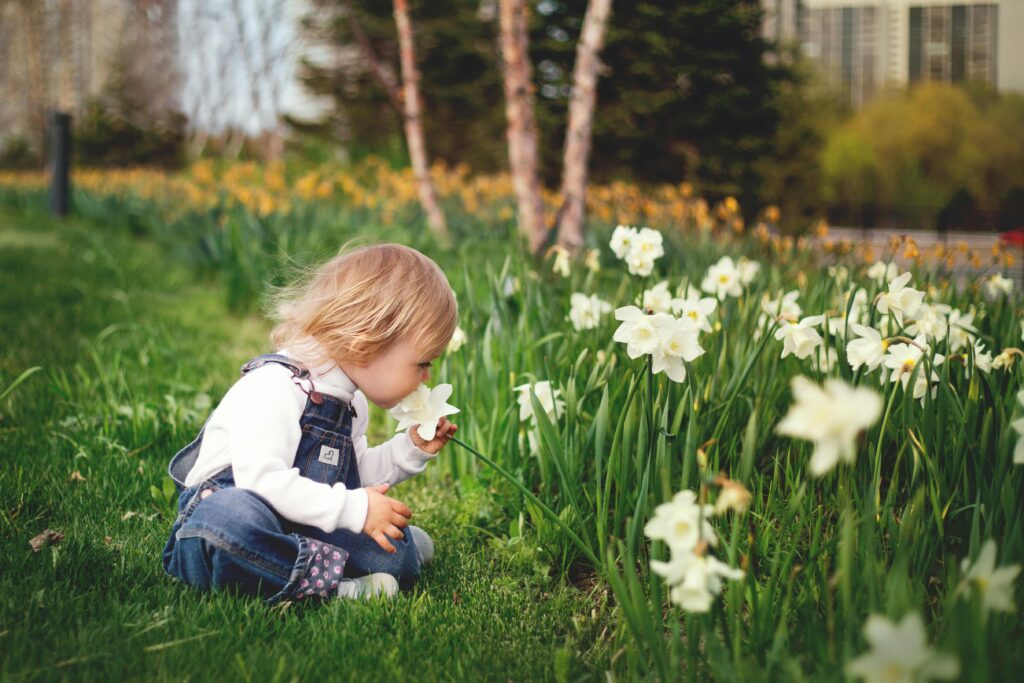
Gardening offers a treasure trove of benefits for children, beyond just the joy of watching plants grow. Let’s dive into the myriad ways in which gardening enriches the lives of our little ones and lays the groundwork for a healthier, happier future.
- Physical Health: Engaging in gardening activities gets kids moving and active, helping them develop strength, coordination, and motor skills. From digging and planting to watering and harvesting, every aspect of gardening is a chance for kids to get their bodies moving and enjoy the great outdoors.
- Emotional Well-being: Gardening provides children with a sense of accomplishment and pride as they watch their plants thrive and grow. It fosters a sense of responsibility and ownership, boosting self-esteem and confidence. Plus, spending time in nature has been shown to reduce stress and anxiety, promoting overall emotional well-being.
- Educational Opportunities: Gardening is a hands-on classroom where kids can learn about plant biology, ecosystems, and environmental science. They’ll discover the magic of photosynthesis, the importance of soil health, and the interconnectedness of all living things. These lessons not only deepen their understanding of the natural world but also spark a lifelong curiosity and appreciation for nature.
- Healthy Eating Habits: Growing their own fruits and vegetables teaches children where their food comes from and encourages them to make healthier food choices. When kids have a hand in growing, harvesting, and preparing their own produce, they’re more likely to try new foods and develop a taste for fresh, nutritious ingredients.
- Environmental Stewardship: Through gardening, children develop a deeper connection to the environment and learn the importance of caring for our planet. They gain firsthand experience in sustainable practices such as composting, water conservation, and organic gardening methods. These lessons instill a sense of responsibility and inspire them to become advocates for a greener, more sustainable future.
By nurturing a love for gardening in our children, we’re not just cultivating plants—we’re sowing the seeds of lifelong healthy habits, environmental stewardship, and a deep appreciation for the natural world. So grab your gardening gloves and get ready to watch your little ones blossom and grow along with their garden!
Getting Started: Planning Your Kids’ Garden
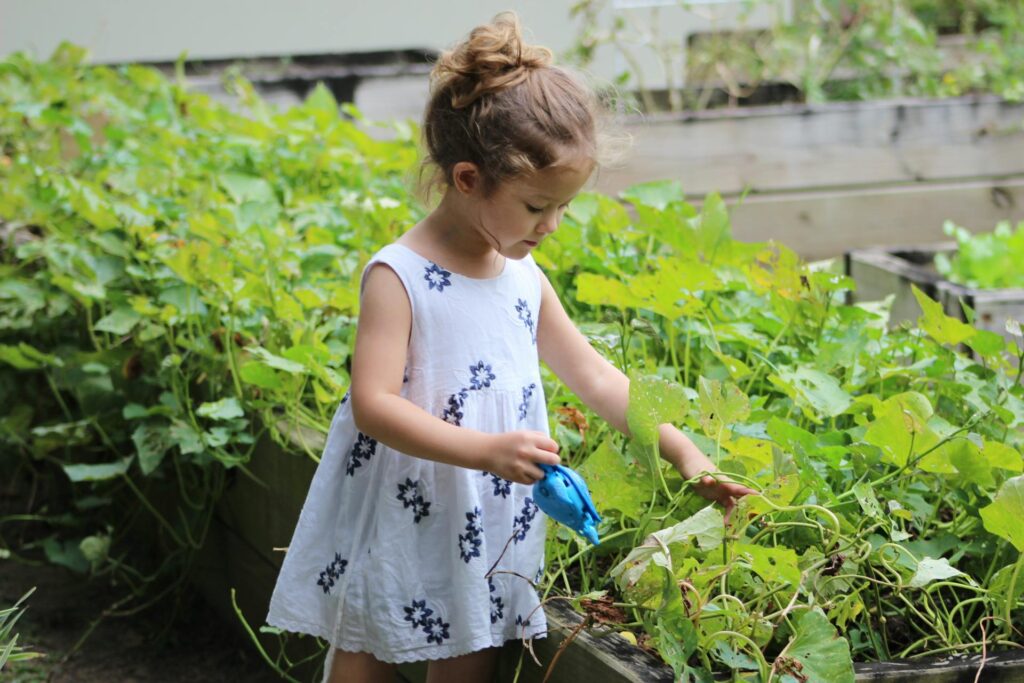
Now that we’ve explored the many benefits of gardening for children, let’s roll up our sleeves and start planning your kids’ garden adventure! Here’s how to get started on creating a magical outdoor space where your little ones can dig, plant, and play to their heart’s content.
- Choose the Right Location: The first step in planning your kids’ garden is to find the perfect spot for it. Look for an area in your yard that receives plenty of sunlight and has good drainage. If you don’t have a yard, don’t worry—kids’ gardens can thrive in containers on a balcony or patio, or even indoors near a sunny window.
- Select Age-Appropriate Plants: Get your kids involved in choosing the plants for their garden. Consider their age, interests, and the climate in your area when selecting plants. Younger children may enjoy growing colorful flowers like sunflowers, marigolds, and zinnias, while older kids might be interested in growing their own fruits and vegetables like tomatoes, carrots, and strawberries.
- Gather Gardening Supplies: Once you’ve chosen your plants, it’s time to gather the necessary supplies. You’ll need basic gardening tools like a trowel, shovel, watering can, and gloves, as well as soil, compost, and mulch. Consider investing in child-sized tools to make gardening more accessible and enjoyable for little hands.
- Design Your Garden Layout: Get creative and involve your kids in designing the layout of their garden. Experiment with different shapes, patterns, and arrangements to create a visually appealing space. Leave plenty of room between plants for kids to move around and explore, and consider adding fun elements like stepping stones, fairy houses, or garden ornaments to add whimsy to the space.
- Start Small and Simple: Remember, Rome wasn’t built in a day, and neither is a garden! Start small and simple, especially if you’re new to gardening. Choose a few easy-to-grow plants that are well-suited to your climate and soil conditions, and gradually expand your garden as your confidence and skills grow.
With a little bit of planning and creativity, you can create a magical outdoor oasis where your kids can connect with nature, learn about plants and ecosystems, and cultivate a lifelong love for gardening. So grab your gardening gloves and get ready to embark on an exciting gardening adventure with your little ones!
Involving Kids in the Gardening Process

Now that you’ve laid the groundwork for your kids’ garden, it’s time to get your little ones involved in the gardening process! Engaging children in every step of the journey—from planting seeds to harvesting fruits and vegetables—creates a sense of ownership and excitement that will keep them coming back to the garden day after day. Here are some fun and creative ways to involve kids in the gardening process:
- Let Them Choose and Plant Seeds: Take your kids to the local nursery or garden center and let them choose the seeds or seedlings for their garden. Encourage them to select a variety of plants that appeal to them, from colorful flowers to tasty vegetables. Then, show them how to plant the seeds or seedlings in the soil, teaching them about proper spacing and depth.
- Watering and Weeding: Assign your kids the important tasks of watering and weeding the garden. Show them how to use a watering can or hose to gently water the plants, being careful not to overwater. Teach them how to identify weeds and pull them out carefully, making sure not to disturb the roots of the surrounding plants.
- Caring for Plants: Teach your kids how to care for their plants as they grow. Show them how to check the soil for moisture levels and how to fertilize plants with compost or organic fertilizer. Encourage them to gently prune dead or yellowing leaves and to support tall plants with stakes or trellises.
- Harvesting and Enjoying the Fruits of Their Labor: When the time comes to harvest, involve your kids in the process of picking fruits and vegetables from the garden. Show them how to tell when produce is ripe and ready to be picked, and let them taste the fruits of their labor right in the garden. Whether it’s juicy strawberries, crunchy carrots, or sweet cherry tomatoes, there’s nothing quite like the satisfaction of eating food you’ve grown yourself.
- Exploring Garden Wildlife: Encourage your kids to explore the garden and observe the fascinating world of garden wildlife. Teach them about the important roles that insects, birds, and other creatures play in the garden ecosystem, and show them how to create a welcoming habitat for beneficial insects like ladybugs and butterflies.
By involving your kids in every aspect of the gardening process, you’re not just teaching them valuable skills—you’re fostering a lifelong love for nature, healthy eating, and environmental stewardship. So roll up your sleeves, grab your gardening gloves, and get ready to watch your little ones bloom and grow along with their garden!
Learning Through Gardening Activities: Cultivating Young Minds
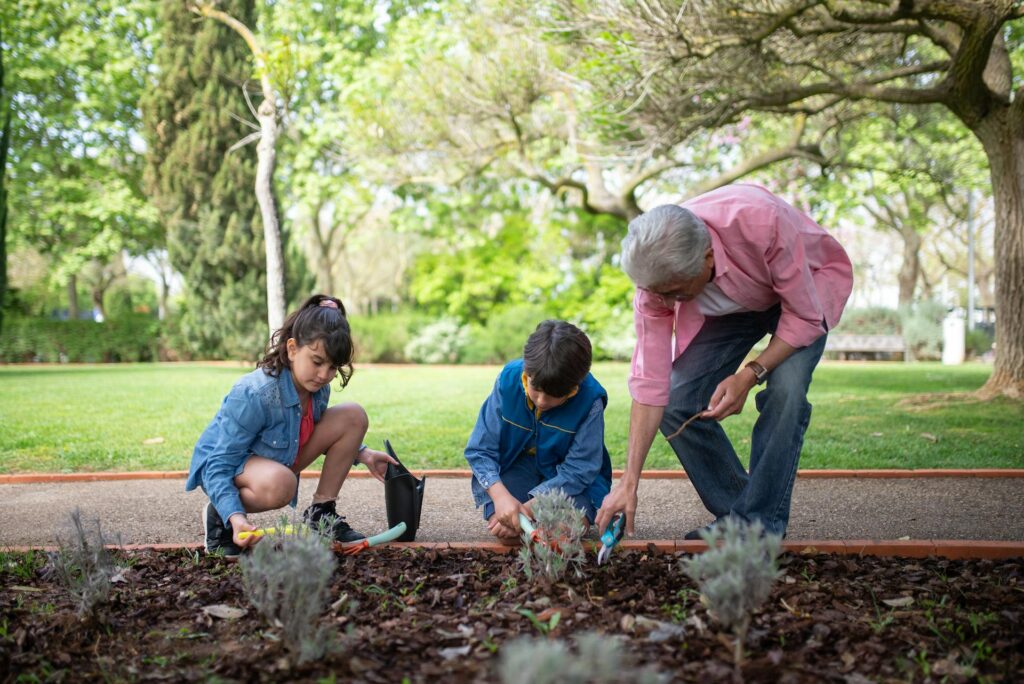
Gardening isn’t just about growing plants—it’s also a powerful educational tool that can help children develop a wide range of skills and knowledge. From science and math to language arts and social studies, there are endless opportunities for learning and exploration in the garden. Let’s take a look at some engaging gardening activities that can enrich your child’s learning experience:
- Science Experiments: Turn your garden into a living laboratory with hands-on science experiments that explore concepts like plant biology, photosynthesis, and ecosystems. For example, you can conduct experiments to test different soil types, observe the life cycle of a plant, or investigate the effects of light and water on plant growth.
- Math Challenges: Get your kids excited about math by incorporating math challenges into your gardening activities. Have them measure the height of plants, calculate the area of garden beds, or estimate the number of fruits or vegetables harvested. You can also create charts and graphs to track plant growth over time.
- Language Arts Projects: Spark your child’s creativity with language arts projects inspired by the garden. Encourage them to write poems or stories about their gardening experiences, create garden-themed artwork, or keep a journal to document their observations and reflections.
- Cultural Exploration: Use the garden as a springboard for exploring different cultures and traditions from around the world. Plant varieties of fruits, vegetables, and flowers that are native to different countries and regions, and learn about their cultural significance. You can also explore traditional gardening practices and folklore from various cultures.
- Environmental Awareness: Foster a sense of environmental stewardship by teaching your kids about the importance of caring for the Earth. Discuss topics like composting, water conservation, and organic gardening practices, and involve them in eco-friendly gardening projects like building a butterfly garden or creating a bee-friendly habitat.
By incorporating these engaging gardening activities into your child’s learning routine, you can ignite their curiosity, stimulate their creativity, and cultivate a lifelong love for learning. So roll up your sleeves, grab your gardening tools, and get ready to embark on a fun and educational journey with your little ones in the garden!
Harvesting and Enjoying the Fruits of Their Labor: A Taste of Success

After weeks of nurturing and care, the moment of truth has finally arrived—it’s time to harvest the fruits of your children’s labor! Harvesting is not only a rewarding culmination of their hard work but also a wonderful opportunity to celebrate and enjoy the delicious bounty of the garden. Here’s how you can make the most of this exciting time:
- Pick at the Peak of Ripeness: Teach your kids how to tell when fruits and vegetables are ripe and ready to be harvested. Show them how to gently twist or cut produce from the plant, being careful not to damage the stems or roots. Harvesting at the peak of ripeness ensures the best flavor and nutritional value.
- Celebrate the Harvest: Turn harvesting into a festive event by inviting friends and family to join in the fun. Host a garden party or harvest feast where everyone can enjoy the fresh fruits and vegetables straight from the garden. Encourage your kids to share their gardening experiences and accomplishments with others.
- Cooking and Eating Together: Get creative in the kitchen with your kids by cooking up delicious meals using the fruits and vegetables from the garden. Whether it’s making a colorful salad with freshly picked greens, baking homemade zucchini bread, or blending up a refreshing smoothie with ripe berries, cooking together is a fun and educational way to enjoy the fruits of your labor.
- Preserving the Harvest: Extend the enjoyment of the garden harvest by preserving excess fruits and vegetables for later use. Teach your kids how to freeze, can, or dry produce to enjoy throughout the year. Making jams, pickles, and sauces together is a fun and practical way to involve kids in food preservation.
- Sharing with Others: Spread the joy of gardening by sharing the bounty of your harvest with others. Donate surplus produce to local food banks or community organizations, or organize a neighborhood produce swap where families can trade fruits and vegetables from their gardens.
By involving your kids in the process of harvesting and enjoying the fruits of their labor, you’re not just teaching them valuable life skills—you’re creating lasting memories and instilling a deep appreciation for the joys of gardening and healthy eating. So savor every moment of this special time together and revel in the delicious rewards of your hard work in the garden!
Connecting Gardening to Environmental Awareness: Cultivating Care for the Earth
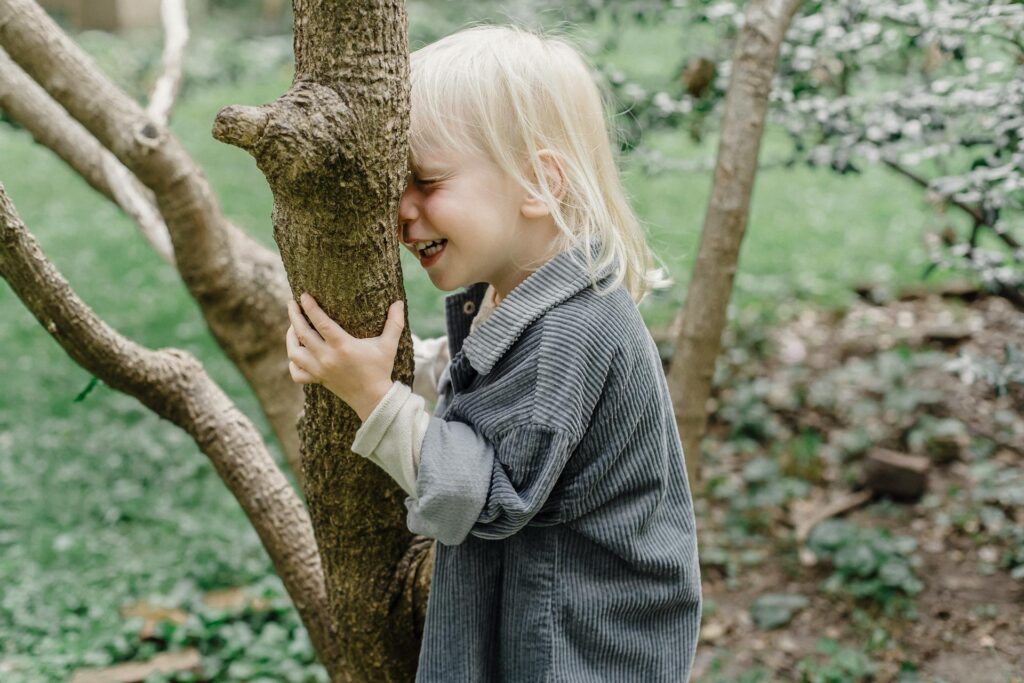
Gardening is not only a fun and rewarding activity for kids—it’s also a powerful tool for fostering environmental awareness and instilling a sense of responsibility for the world around them. By connecting gardening to broader environmental concepts, you can help your kids develop a deep appreciation for the natural world and inspire them to become stewards of the environment. Here’s how you can integrate environmental awareness into your gardening activities:
- Teaching Sustainable Practices: Use gardening as a platform to teach kids about sustainable gardening practices that minimize harm to the environment. Discuss topics like composting, water conservation, and organic gardening methods, and demonstrate how these practices promote healthy soil, conserve resources, and reduce pollution.
- Exploring Ecosystems: Take advantage of the diverse ecosystems found in your garden to teach kids about the interconnectedness of all living things. Explore topics like food webs, pollination, and the role of beneficial insects in the garden ecosystem. Encourage your kids to observe and appreciate the biodiversity of plants and animals in their garden habitat.
- Discussing Climate Change: Use the garden as a springboard for discussing the important issue of climate change and its impact on the environment. Talk to your kids about the role of greenhouse gases, the effects of deforestation and habitat loss, and the importance of reducing carbon emissions. Help them understand how small changes in behavior, such as reducing energy consumption and supporting renewable energy sources, can make a big difference in combating climate change.
- Promoting Wildlife Habitat: Create a welcoming habitat for wildlife in your garden by planting native plants, providing food and water sources, and avoiding the use of pesticides and herbicides. Teach your kids about the importance of biodiversity and the role of native plants in supporting local ecosystems. Encourage them to observe and document the birds, butterflies, bees, and other creatures that visit the garden.
- Taking Action: Empower your kids to take action to protect the environment by participating in eco-friendly gardening projects and community initiatives. Planting trees, cleaning up litter, participating in local conservation efforts, and advocating for environmental policies are just a few ways kids can make a positive impact on the world around them.
By connecting gardening to environmental awareness, you’re not just cultivating healthy habits and nutritious foods—you’re also nurturing a deeper understanding of and appreciation for the natural world. So dig in, get your hands dirty, and let the garden be your classroom for exploring the wonders of the Earth!
Cultivating Lifelong Gardening Skills and Environmental Stewardship
Gardening isn’t just a hobby—it’s a lifelong journey of discovery, learning, and growth. By instilling a love for gardening and environmental stewardship in your kids from an early age, you’re setting them on a path to a lifetime of healthy habits and sustainable practices. Here are some tips for cultivating lifelong gardening skills and environmental stewardship in your children:
- Hands-On Experience: Encourage your kids to get their hands dirty and actively participate in all aspects of gardening, from planting seeds and watering plants to weeding and harvesting. By giving them hands-on experience, you’re helping them develop essential gardening skills and fostering a sense of ownership and pride in their garden.
- Continuous Learning: Gardening is a never-ending learning process, and there’s always something new to discover and explore. Encourage your kids to ask questions, conduct experiments, and seek out information about different plants, gardening techniques, and environmental issues. Visit botanical gardens, nature centers, and farms to expose them to a wide range of plants and ecosystems.
- Problem-Solving Skills: Gardening provides countless opportunities for problem-solving and critical thinking. Whether it’s dealing with pests and diseases, adjusting soil pH, or troubleshooting irrigation issues, encourage your kids to approach challenges with creativity and resilience. Help them develop problem-solving skills by brainstorming solutions together and learning from mistakes.
- Environmental Awareness: Instill a deep appreciation for the environment and the importance of protecting it for future generations. Teach your kids about the interconnectedness of all living things and the impact of human activities on the Earth’s ecosystems. Encourage them to take proactive steps to reduce their ecological footprint and advocate for environmental conservation.
- Sharing and Giving Back: Encourage your kids to share their love of gardening and environmental stewardship with others. Invite friends, family, and neighbors to join in gardening activities, and organize community projects like planting trees, beautifying public spaces, or starting a school garden. By giving back to their community and sharing their passion for gardening, kids can make a positive impact on the world around them.
By fostering a love for gardening and environmental stewardship in your children, you’re not just teaching them how to grow plants—you’re empowering them to cultivate a greener, healthier, and more sustainable future for themselves and generations to come. So let’s get growing and make the world a little bit greener, one garden at a time!
Conclusion: Growing Green Thumbs and Eco-Conscious Hearts
As we come to the end of our gardening journey, it’s clear that gardening with kids is about so much more than just planting seeds and watching them grow. It’s about nurturing a love for nature, cultivating lifelong skills, and instilling a deep sense of environmental stewardship. By involving your kids in the gardening process, you’re not only teaching them how to grow healthy foods—you’re also sowing the seeds for a greener, more sustainable future.
Throughout this article, we’ve explored the many benefits of gardening for children, from fostering healthy habits and nutritious eating to promoting environmental awareness and critical thinking skills. We’ve learned how to get started with planning and planting a kids’ garden, involving kids in the gardening process, and connecting gardening to broader environmental concepts like biodiversity and climate change.
We’ve celebrated the joys of harvesting and enjoying the fruits of our labor, sharing our garden bounty with others, and taking action to protect the environment for future generations. And we’ve seen how gardening can be a powerful tool for nurturing not only green thumbs but also eco-conscious hearts.
So as you embark on your own gardening adventures with your kids, remember to embrace the journey, cherish the moments spent together in the garden, and take pride in the positive impact you’re making on your family, your community, and the planet. Together, we can cultivate a brighter, greener future—one garden at a time.
Happy gardening, and may your harvests be bountiful and your hearts be filled with the joy of growing!
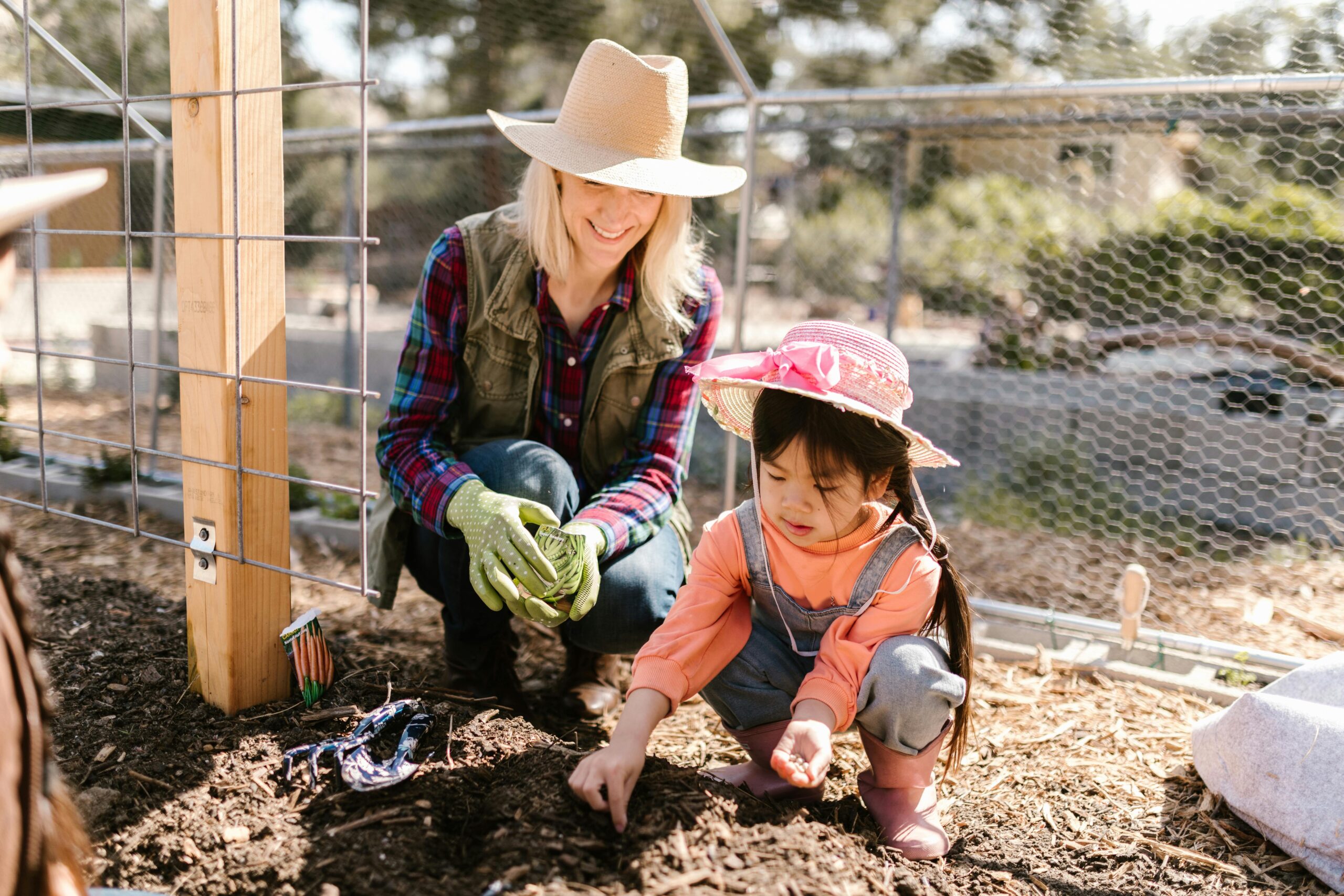
One response to “Gardening with Kids: Growing Healthy Habits, Nutrient-Rich Foods, and Environmental Awareness”
Thanks lots for in-depth guide for Gardening with kids.